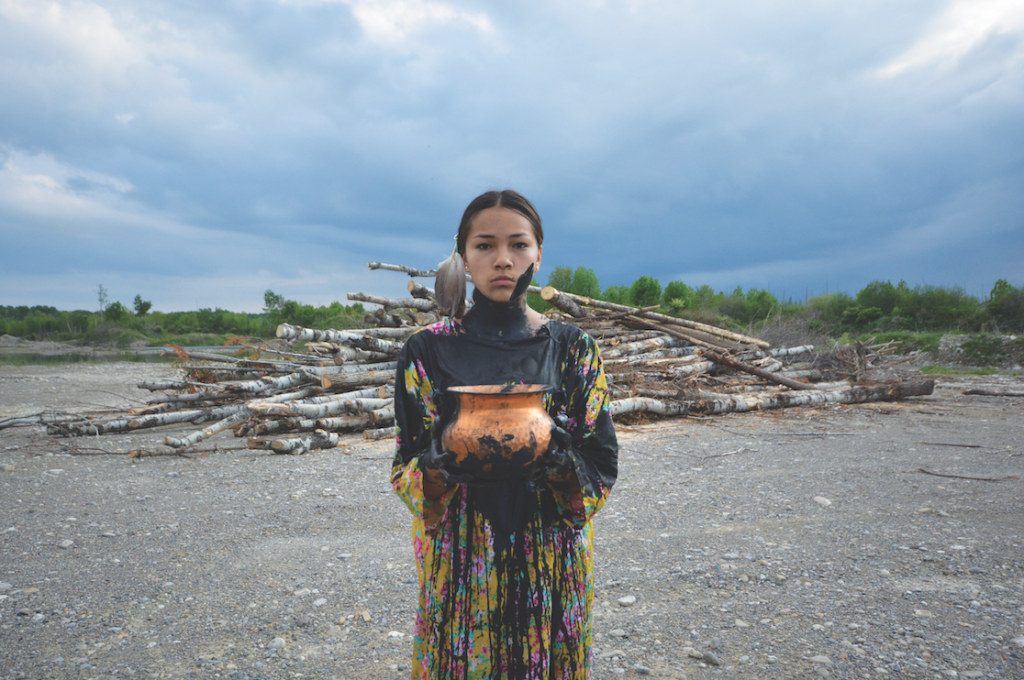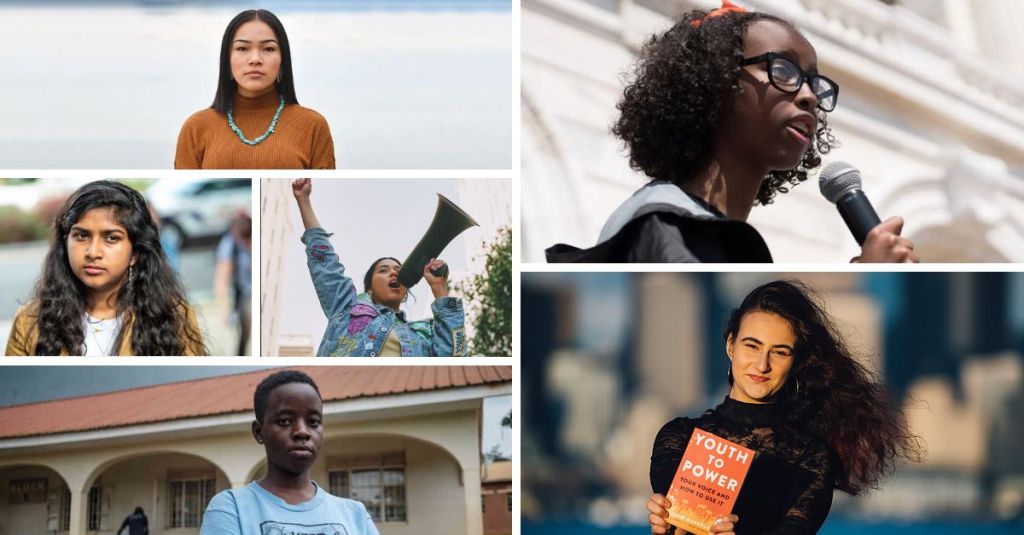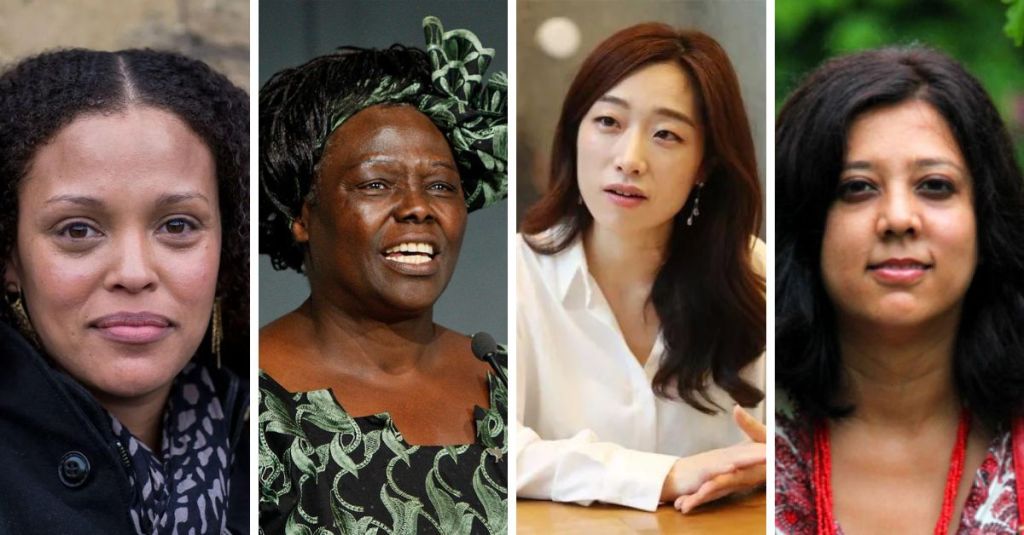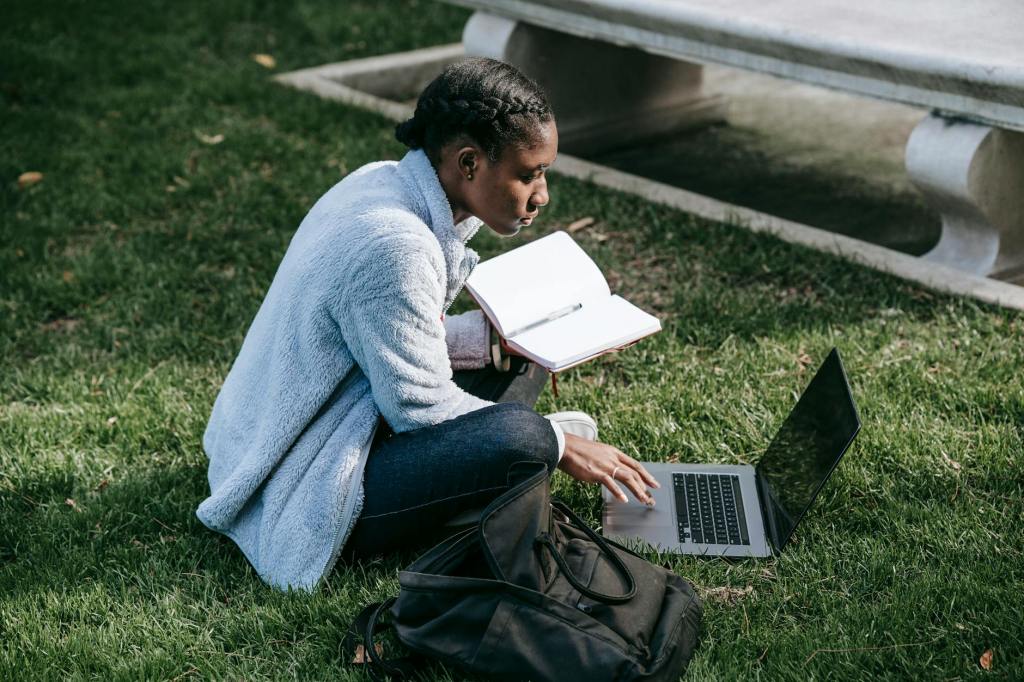“Indigenous women carry the knowledge of their ancestors while also leading their communities into a resilient future. When indigenous women engage, climate policies and actions at every level benefit from their holistic, nature-focused knowledge and leadership,” said UN Climate Change Executive Secretary, Patricia Espinosa.
Indigenous and native women across the world are at the forefront of fighting climate change. From activists fighting the fossil-fuel-giants to policy-makers and lawyers, these women play an essential role in preserving forests and natural ecosystems. Even though Indigenous peoples make up only 5% of the world’s population, they manage or occupy land that is home to 80% of our planet’s biodiversity, all while dealing with political and social injustices. It’s important, more than ever, to center these voices, learn and collaborate with those working towards a better future, rather than against it.
“Indigenous women possess ancestral knowledge and practices that for centuries have been adopted from generations of grandmothers and mothers, and play a very important role in climate change action.” says Lola Cabnal, the Director of Environmental Advocacy for Ak’Tenamit.
Lola Cabnal, Maya Q’eqchí, Guatemala

Lola Cabnal is a Mayan Q’eqchí woman from a rural community in the municipality of Livingston, Guatemala. As the Chair of the Council of Indigenous Women and Biodiversity, and a climate advocacy strategist for Ak’ Tenamit Association, she has worked hard towards climate justice, female empowerment and educating communities about the environmental crisis and solutions. Lola Cabnal is a firm believer in the motto ‘educate to conserve’.
“It is necessary and urgent to have direct engagements with communities and Indigenous peoples, to create answers to the problems and crises that make women, girls, and boys with scarce resources more vulnerable… And all of this applies to ways in which gender-based violence and environment links can be addressed as well as strengthening an adaptable climate justice.” -Lola Cabnal
Hindou Oumarou Ibrahim, Mbororo, Chad

Hindou Oumarou Ibrahim is an environmental activist and geographer, as well as an expert in the adaptation and mitigation of indigenous peoples to climate change. She is a member of the Mbororo pastoralist people in Chad and President of the Association for Indigenous Women and Peoples of Chad (AFPAT). One of her many achievements is the creation of health centres adapted to nomadic communities. She has relentlessly worked towards educating people on how Indigenous knowledge meets science to solve climate change.
“For centuries, indigenous peoples have protected the environment, which provides them food, medicine and so much more. Now it’s time to protect their unique traditional knowledge that can bring concrete solution to implement sustainable development goals and fight climate change.” -Hindou Oumarou Ibrahim
Rukka Sombolinggi, Toraja, Sulawesi, Indonesia

In 2017, Rukka Sombolinggi (Toraja) from central Sulawesi, Indonesia was elected the first woman secretary general of the Indigenous Peoples’ Alliance of Indonesian Archipelago (AMAN). Before joining AMAN in 1999, Sombolinggi worked for JAPHAMA, a network of Indigenous Peoples’ defenders—one of the main groups that convened the first congress of Indigenous Peoples in Indonesia during which AMAN was established. Also a filmmaker, she produced Standing Strong On the Tsunami Ruins in 2005, a documentary about Indigenous communities affected by the tsunami in Aceh. She continues to fight for Indigenous women’s voices to be included in multiple spheres of community.
“No effort to conserve biodiversity will succeed without supporting our values and our world view.” -Rukka Sombolinggi
Veronica Inmunda, Kichwa, Ecuador

Verónica Inmunda, a Kichwa woman from the Ecuadorian Amazon, is a law student focusing on the protection of Indigenous peoples’ rights and is a passionate advocate for the creation of a new model to integrate Indigenous knowledge and practices into the next generation’s educational awareness. She is the Youth, Culture and Sports Coordinator at CONFENIAE (Confederación de Nacionalidades Indígenas de la Amazonía Ecuatoriana). As one of the leaders of the Sacred Headwaters Initiative, she helps build a shared vision among Indigenous peoples, NGOs, philanthropic communities, social entrepreneurs and governments to protect regions in Peru and Ecuador from industrial-scale resource extraction.
“For us, the Sacred Headwaters is a symbol of peace, a symbol of harmony, a symbol of unity, and above all, it is a symbol that we want our rainforest to remain intact in a hundred years and beyond.” -Verónica Inmunda
Sonia Guajajara, Araribóia, Brazil

Sonia Guajajara has made history as Brazil’s first-ever Minister for Indigenous Peoples. Sonia Guajajara is a Brazilian indigenous activist, environmentalist, politician and a member of the Amazon Guajajara. She is the leader of the Articulation of Indigenous Peoples of Brazil (APIB). Guajajara was elected to Congress in October 2022. Guajajara is recognized globally for her role advancing indigenous rights in Brazil.
“Brazil is at the center of discussions on the climate crisis and, although we indigenous peoples are only 5% of the world’s population, we are responsible for more than 80% of the world’s environmental protection. Therefore, my work as a minister will also be to seek foreign resources that can contribute to the environmental preservation of Brazilian biomes and support the demands of traditional peoples in Brazil and in the world.” -Sonia Guajajara
Grace Balawag, Kankaney-Igorot, The PhillipPines

Grace Balawag a Kankanaey-Igorot indigenous woman from the Mountain Province, Philippines, is the Deputy Coordinator for the Indigenous Peoples’ Partnership on Climate Change, Forests and Sustainable Development, working with fourteen country Indigenous Peoples Organizations in eleven countries in Asia, Africa, and Latin America.
“Indigenous Peoples are crucial in climate change negotiations because we are most impacted and contribute the least in climate change negotiations. We have traditionally been sustaining and conserving the forests and ecosystems all across.” -Grace Balawag
Autumn Peltier, Wiikwemkoong First Nation, Canada

Autumn Peltier is an Anishinaabe Indigenous rights advocate from the Wiikwemkoong First Nation on Manitoulin Island, Ontario, Canada. She has been fighting for access to clean water for the Indigenous communities since the age of 8! At 12 years old, Peltier made headlines for scolding Canadian prime minister Justin Trudeau about his failure to enact policies that preserve clean water. Since then, she has spoken to world leaders at the UN General Assembly and the UN Secretary-General’s Climate Action Summit. She was also nominated for the International Children’s Peace Prize three times.
At my first water ceremony it struck me that kids my age and younger had no idea how it would be to open a tap and drink a glass of tap water. The mothers were washing their babies with bottled water. That’s so wrong. In a first-world country like Canada, it’s unacceptable.” -‘Water-Warrior’ Autumn Peltier
Amelia Telford, Bundajalung, Australia

Amelia (Millie) Telford is a Bundjalung and South Sea Islander woman. As First Nations Justice Director at Australian Progress, her role aims to build capacity of First Nations-led movements and advocacy across the country. Driven by her desire to make a positive change for Indigenous communities, at 18 years of age, Amelia moved to Melbourne and co-founded Seed, an Indigenous youth climate network. One of Seed’s biggest achievements was that it succeeded, along with an alliance of 13 environmental groups, in getting Australia’s four largest banks to rule out funding the Adani coal mine in Queensland.
“To know that young people can take on big corporations, it’s something truly hopeful and a story of success,” -Amelia Telford
Quannah Rose Chasinghorse, Alaska, US

Quannah Rose Chasinghorse is an Indigenous model and activist known for using her platform to support Indigenous sovereignty and sustainability. She has used her voice to advocate for environment and indigenous rights in mainstream and unconventional spaces that lacked indigenous voices. She recently helped win protections for the Arctic National Wildlife Refuge, which the Trump administration had opened to oil drilling.
“We hold many solutions to today’s problems, and no one really talks about that. Many Native nonprofit organizations have done amazing research and incorporated Indigenous values and teachings that can help direct and lead change.” – Quannah Rose Chasinghorse
Maxada Märak, Sweden

Ida Amanda “Maxida” Märak (born 17 September 1988) is a Swedish-Sámi joik singer, hip hop musician, actress and activist. Märak is a vocal advocate for her people and their rights. She produces her own music, a fusion of hip hop and traditional culture references her activism in her songs, most notable in a protest song against mining in traditional Sámi lands. She has taken part in protests against the establishment of an iron ore mine in Kallak.





Leave a comment